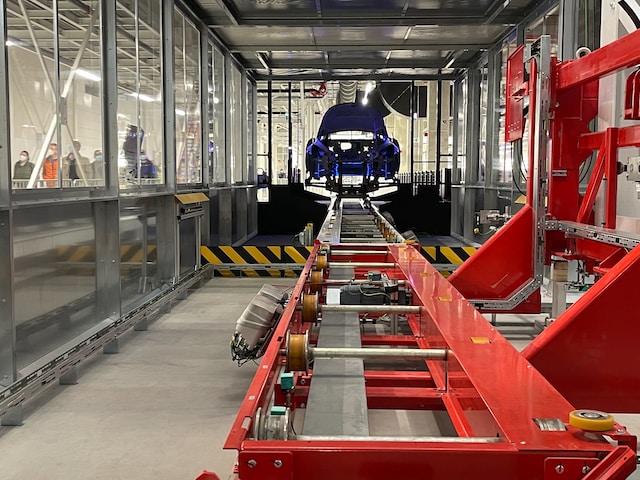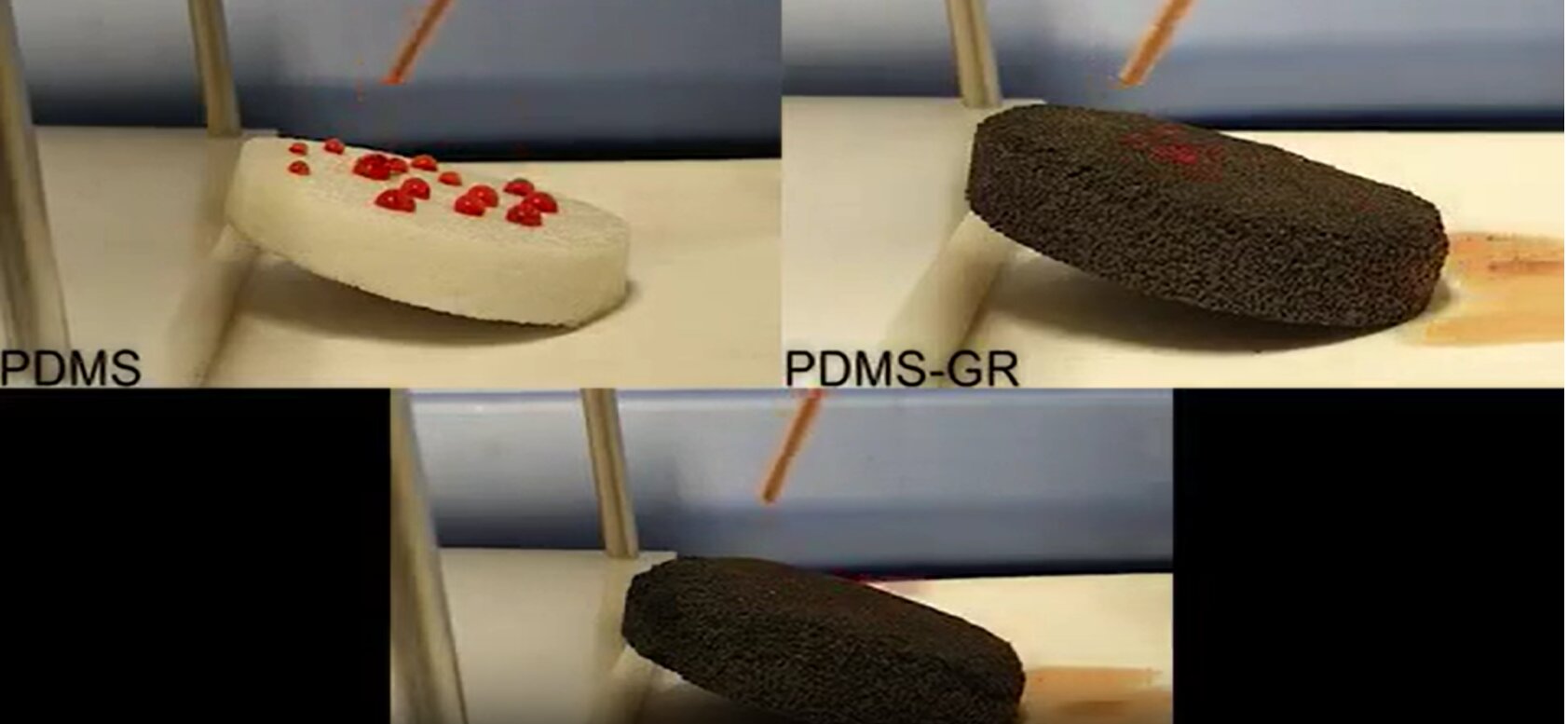The oft use explanation of the size of human-created “nanomachines” is that thousands of them could fit inside the period at the end of this sentence. The rise of nanoscience and related fields are an intellectual revolution representing a new way of seeing and interacting with the physical world, and will likely have far greater transformative powers than the digital revolution of the past quarter-century.
Humans are set upon the path of engineering all structures great and small, atom by atom, and this includes molecular engineering of both the animate and inanimate. Today’s researchers are using DNA and novel materials and composites in the same way 15th century Renaissance painters used oil paints. Coming decades will see previously unimaginable new masterpieces.
The University of Washington, for example, has created a crucible, or Molecular Engineering & Sciences Institute (MoIES), to meld together bioengineering, chemical engineering, chemistry, electrical engineering, computer science, physics, material science, engineering and mechanical engineering, and is bringing together leaders from business, science, and academia.
At MoIES, researchers are cooking up molecules encoded with complex physico-chemical information that will help create smart products for medicine, transportation, and agriculture. The cellular production of pharmaceuticals is an area seeing quick progress as vaccines can now be manufactured in a fraction of the time and at much higher volumes.
According to the University of Washington, researchers will “take a rational approach to engineering highly-complex, multifunctional molecular systems, drawing on fundamental principles shared across various fields of engineering and sciences that develop materials with organic, biological or inorganic/organic hybrid molecular architecture.”
Fields being developed include:
- bio-manufacturing
- biochemical engineering
- metabolic engineering
- synthetic biology
- protein aggregation and stability
- cell culture engineering
- molecular engineering and design
- enzyme engineering and vaccine manufacturing
The following video shows the University of Chicago Institute for Molecular Engineering which is similar to University of Washington’s MoIES. Both institutes have done away with the idea of separate academic departments and embraced a collaborative approach to studying and solving problems.
Related articles on IndustryTap:
- With Nanoparticles Discretion is the Better Part of Valor
- NSF Grants Fund Studies to Explore Mysterious Properties of Glass
- AMO Breakthroughs Keep Atomic Clocks Accurate for More Than 60 Million Years
References and related content:







